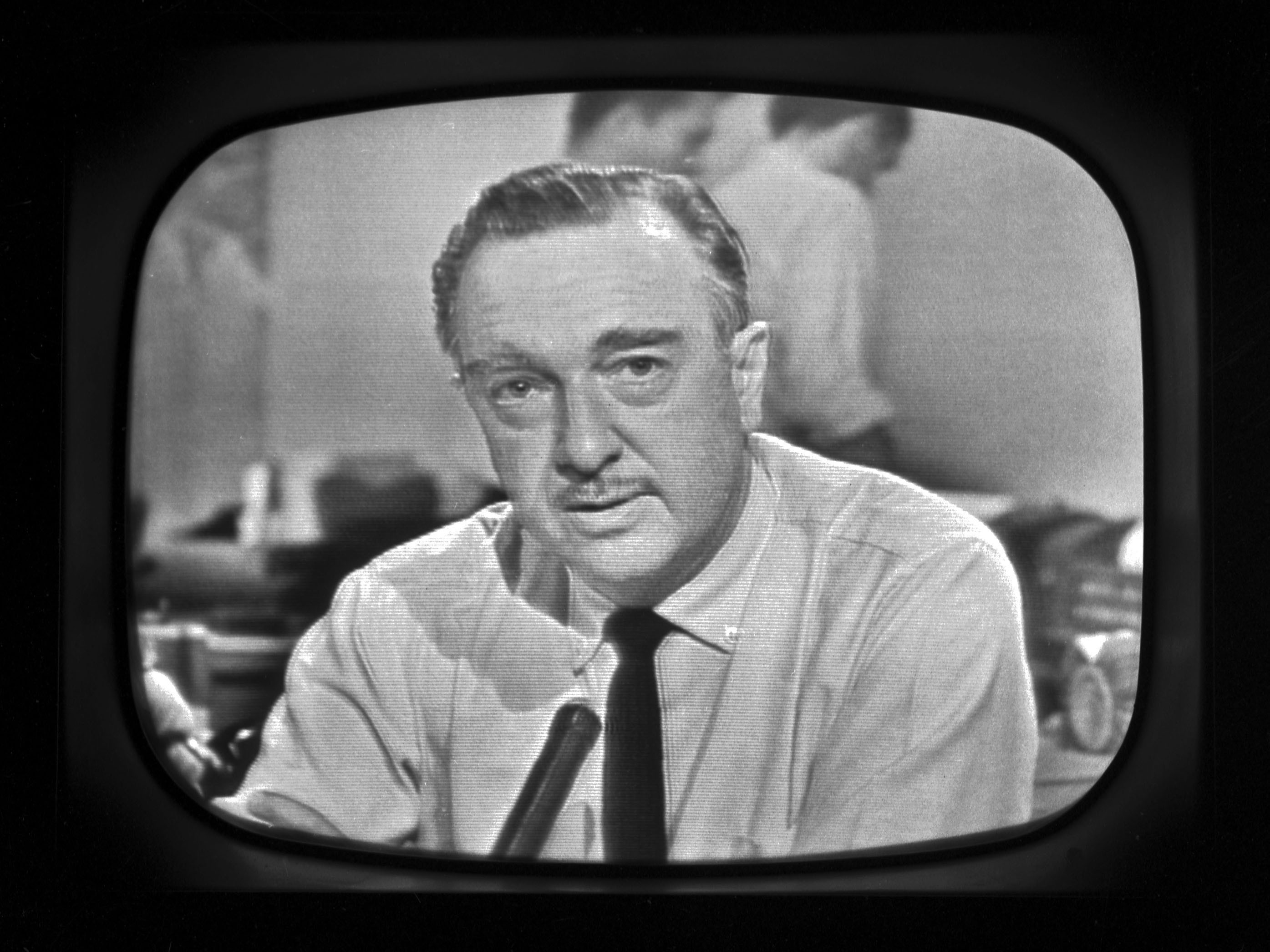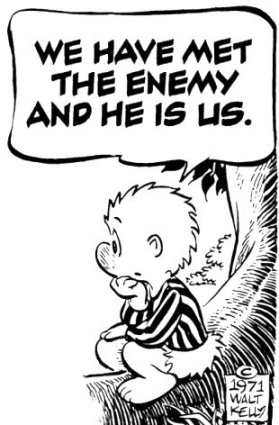So church was weird for me yesterday. The music went well. People participated. But I found myself thinking about the story in the gospel and current events.

The gospel story was the story of the Good Samaritan. The preacher yesterday (not Rev Jen) seemed to think that everyone knows this story. Here it is anyway in the brief clear way it’s found in the book of Luke in the Bible.

“A man was going down from Jerusalem to Jericho, and fell into the hands of robbers, who stripped him, beat him, and went away, leaving him half dead. Now by chance a priest was going down that road; and when he saw him, he passed by on the other side. So likewise a Levite, when he came to the place and saw him, passed by on the other side. But a Samaritan while traveling came near him; and when he saw him, he was moved with pity. He went to him and bandaged his wounds, having poured oil and wine on them. Then he put him on his own animal, brought him to an inn, and took care of him. The next day he took out two denarii, gave them to the innkeeper, and said, `Take care of him; and when I come back, I will repay you whatever more you spend.’ Which of these three, do you think, was a neighbor to the man who fell into the hands of the robbers?

What always strikes me about this story is that Samaritans were the reviled group in the situation. Levites and priests were the decent people of their time. It’s hard to hear it that way, but I think that is closer to the context. So Jesus turns things upside down and makes the pattern for being a neighbor someone who more likely face barriers himself to being treated fairly much less with compassion.

I tend to hear the “good” in the phrase “good Samaritan” as ironic. You know like the “good negro” or the “good cop.”

This man didn’t fit the stereotype of his group. He wasn’t one of those people who frighten “decent people” with their very presence. He was one of the “good” ones, the house slave in the parlance of American slavery. Someone to be trusted contrary to the norm.


I ask myself how Howard Thurman or Thomas Merton might talk to us about what’s happening in America now. They might suggest that it’s not the people on either side of questions that are the problem. It’s the hate itself, It’s the willful ignorance itself, it’s the violence itself, that is driving the situation.
And each one of us has an opportunity to work on this. In ourselves. That’s where we meet the hate, the ignorance and the violence. It is ourselves that we can change not others.
Anyway, church felt weird and hollow yesterday.

We had one young mother leave in a huff, her child and bemused husband trailing behind her during the homily. The preacher had just announced a rally this Saturday in Grand Rapids supposedly to protest police killings. I wonder why these people left. It was sort of emblematic of where we are in America right now, failing to connect with each other despite our differences.

How Trump Can Save the G.O.P. – The New York Times
I have bookmarked this article by Sam Tanenhaus to read even though it looks like he’s wrong about a lot.
Animating van Gogh’s Life With 62,450 Oil Paintings – The New York Times
I seem to remember a short story I read years ago about this very thing, not necessarily van Gogh. In fact I seem to remember the painting animated was Breugel’s Wedding Dance.
Sydney H. Schanberg Is Dead at 82; Former Times Correspondent Chronicled Terror of 1970s Cambodia – The New York Times
this obit provides some fascinating back story to historical events.
Public Schools? To Kansas Conservatives, They’re ‘Government Schools’ – The New York Times
This story quotes two writer I respect: George Lakoff and Deborah Tannen.
Inside China’s Secret 23-Day Detention of a Foreign Nonprofit Chief – The New York Times
Now that this dude is out of China he reveals details of what happened to him.
Something more is required of us now. What? — Embrace Race — Medium
I read Michelle Alexander’s first draft of this fine article which she put up as a post on Facelessbook. I think she is excellent.

I actually wrote a sermon from scratch yesterday even though, in retirement, I often rewrite an old one.
Pointed to three actions the Samaritan takes:
1) He really SEES the person as he is (a human being not just “the other”)
2) He GOES to the person WHERE he is
3) He RESPONDS to the real need (not perceived but real need) and sets in place a structure to respond to the need in an ongoing manner
Then proceeded to apply the above to the events of last week, drawing in some of the material from Van Jones’ conversation with Newt Gingrich and the FB post from the Friday morning encounter between the young African Woman and the police officer in a convenience store.
Then ended with a “Go and do likewise” ending…
It sort of wrote itself…
Cool!